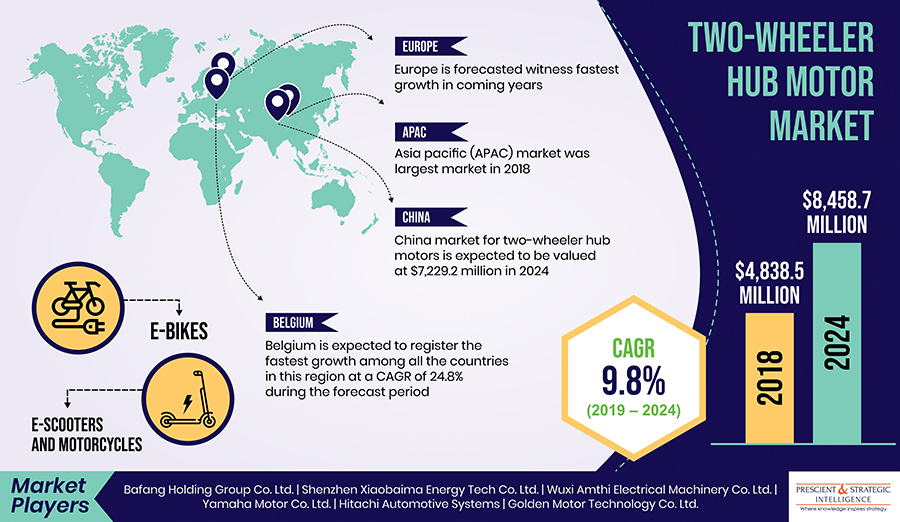Supportive
government regulations and initiatives, the inclusion of electric buses in the public
feet in large numbers, and increasing investment to develop infrastructure for such
vehicles are influencing the electric bus charging station market positively.
From valuing $6.6 billion in 2018, the market is expected to grow at a 9.7%
CAGR during the forecast period (2019–2025), garnering $12.3 billion by 2025.
Facilities that are used to charge electric bus batteries are termed as electric bus charging stations.
 |
| To receive a free sample copy of this report |
The
increasing adoption of electric buses in the public transport network is one of
the major driving factors for the electric bus charging station market. For
improving the public transport facilities, the major say is of the government
of a country, state, or province. The implementation of the Kyoto Protocol in
2005 has shifted the focus of countries toward becoming a low-carbon economy. Therefore,
governments are offering subsidies on electric buses and enthusiastically
including them in transit services, and military and public transport.
The
segments of the electric bus charging station market are region, type,
charger, and power. Based on type, the categories of the market are inductive,
depot, and opportunity charging. In 2018, the highest sales volume in terms of
installation (over 55.0%) was registered by depot charging stations due to the
operational similarity of buses using such facilities to diesel buses, which
makes them a preferred choice among private and public transport agencies. The
highest volume CAGR is expected to be witnessed by the inductive charging
category during the forecast period.
Immense
opportunities for the e-bus charging station market growth are present
in developing economies. These countries are witnessing a huge increase in
their urban population, where employment opportunities are abundant. The World
Bank report for 2017 said that in India and Brazil, the urban population
constituted 34.0% and 86.0%, respectively, of the total. This huge urban
population has necessitated the demand for a better public transportation
system. Therefore, to provide transportation services in an environment-friendly
way, electric buses, in large numbers, are being procured, thereby leading to a
high demand for charging stations.
Therefore,
the market for charging stations for electric buses is headed toward prosperity
in the forecast period as these buses are increasingly being deployed in public
transport to curb vehicular pollution.













